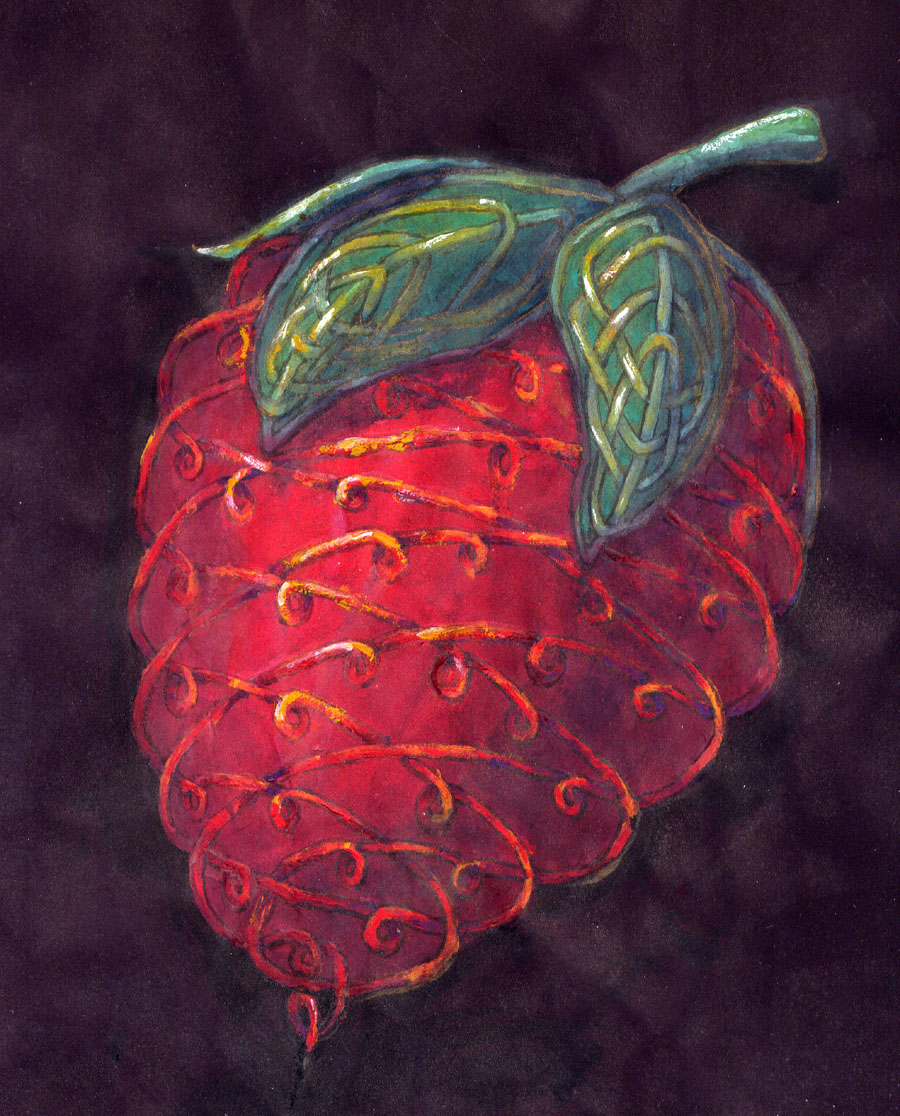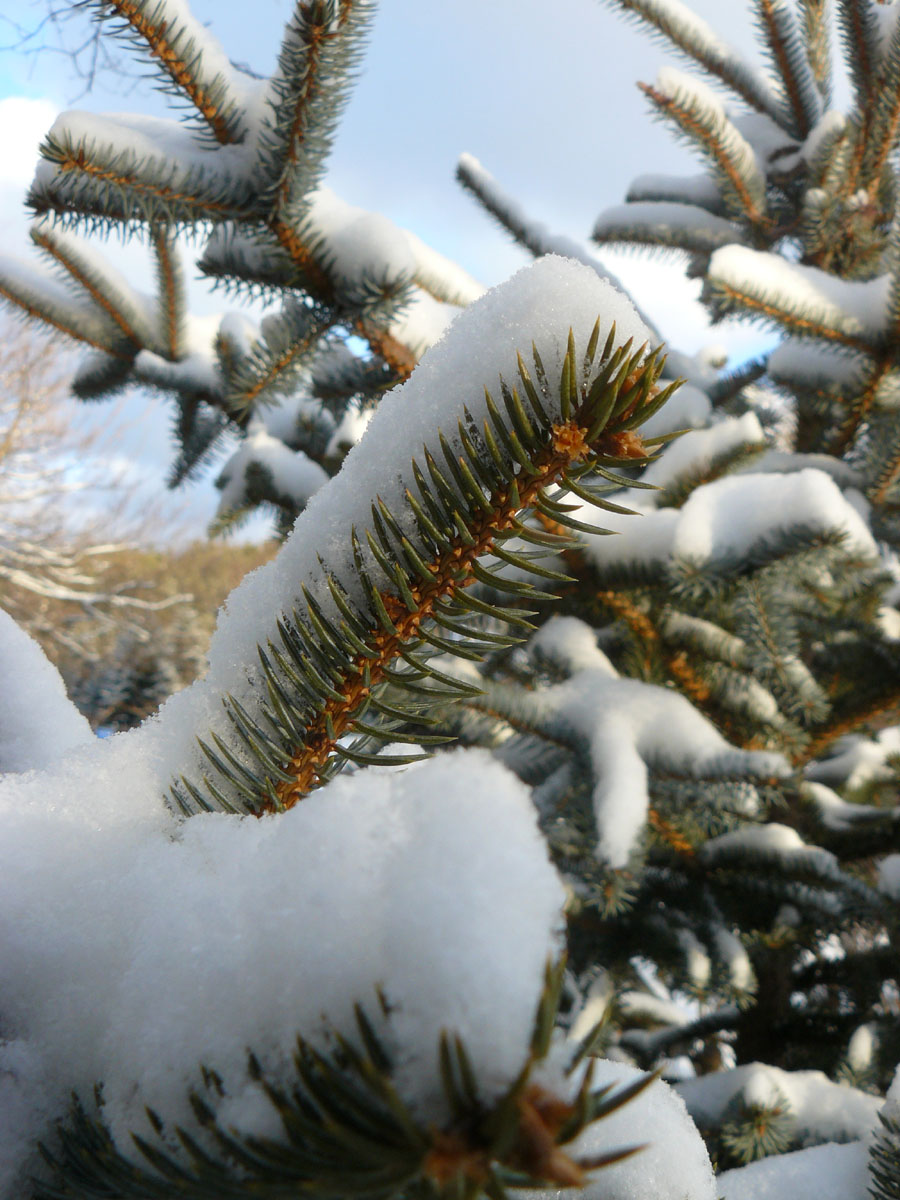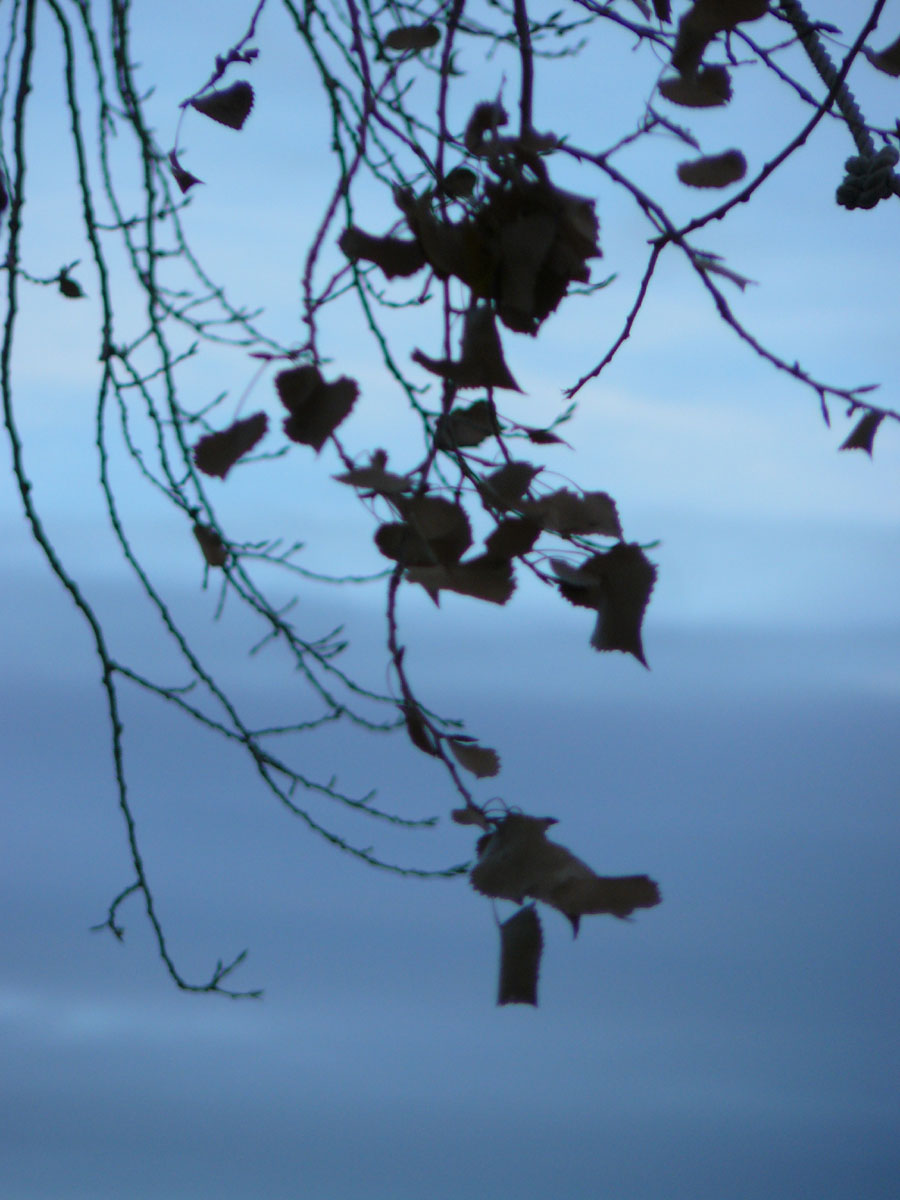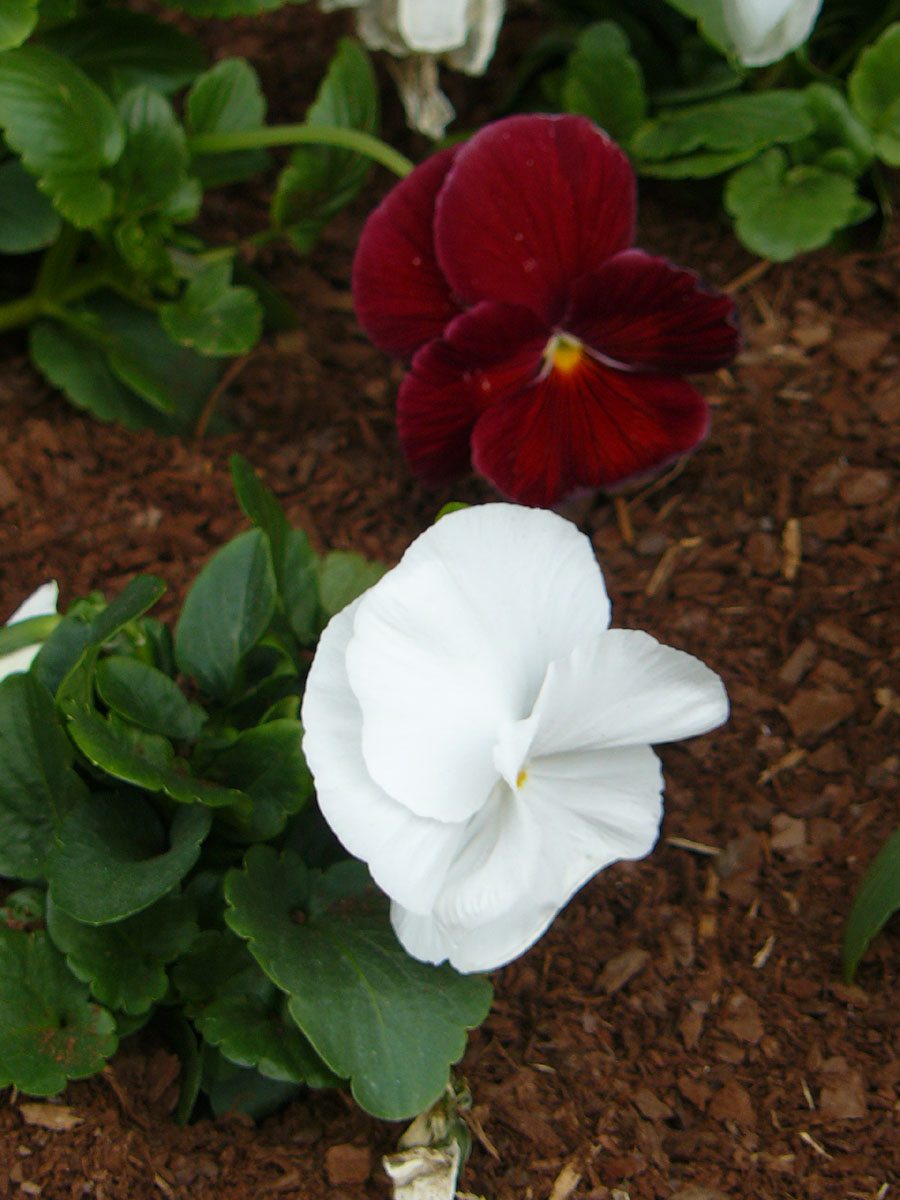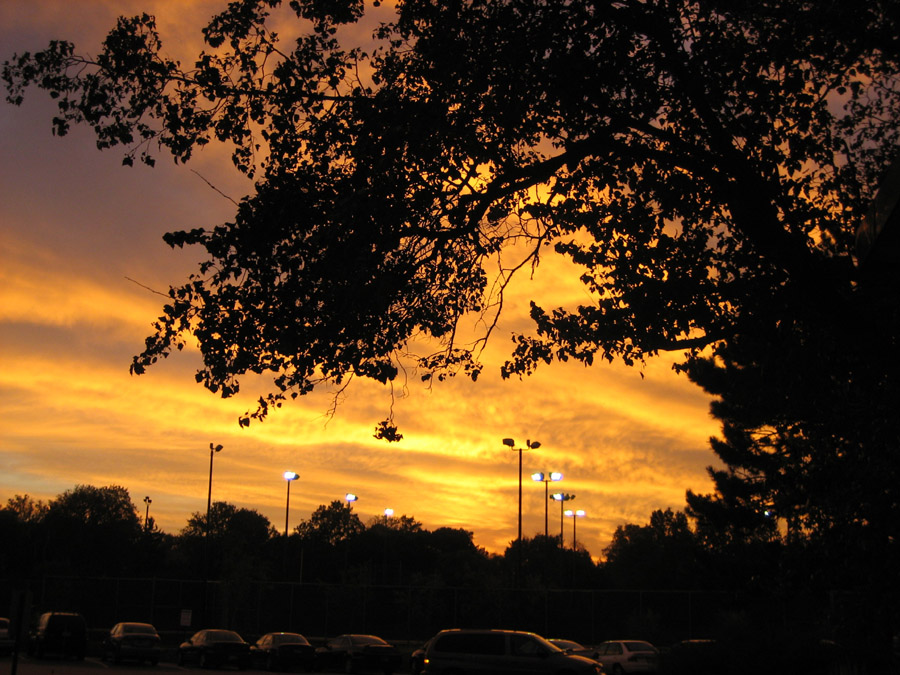 Location Taken: Valparaiso, Indiana
Location Taken: Valparaiso, Indiana
Time Taken: October 2007
Most sunsets are pretty standard, a bit of flashy light, a change in color, a few interesting clouds.
And then, every so often, the sky is on fire.
Well, not literally, unless you and everyone around you is having a really bad day. But the light coming from the sun is blazing so bright and flame-like that there’s no other way to easily describe it.
Now, the sunlight itself isn’t doing it. At the exact same time as you’re standing there looking at the flaming sky, someone just a thousand miles to the west is under standard blue skies, lit by light escaping at the same time as the stuff that’s illuminating your sky.
It really comes down to two things: angle and particles. Angle is why sunset and sunrise is different from full night or full day. The light is low on the horizon and shadows become more prevalent. A lot more things just don’t capture enough light to be more than silhouettes, like the trees in this image.
Particles are important because they’re what catches the light in the sky itself. The photons actually bounce off of particles or might even be absorbed and re-emitted, both of which changes their wavelength and thus their color. That’s why the sky appears blue, by the way, air particles absorb wavelength colors other than blue better than blue, so more of the photons that hit your eye are in the blue wavelengths than not.
Now, angle and particles come together in really interesting ways. For one thing, when the sun is low in the sky, it’s actually coming through more of the atmosphere than if it was coming straight down from above. It’s just a matter of the geometry of a sphere, really. This means there are more particles between the light and you, and more opportunities for the color to change.
Also, the particles in the air are not the same in all parts of the sky. There’s a lot of non-air particles that hang out low in the sky, like dust and pollutants kicked up during the day. And since the light is now coming from a very low angle, it passes through a much larger percentage of these low-hanging particles than it does at noon. Again, simple geometry.
This is also why sunrise and sunset look different. On the surface, they shouldn’t be too different, the light is coming in at similar angles through the same atmosphere at both times. But actually, it’s not the same atmosphere. Daylight hours have a lot more activity than nighttime hours, if only because it’s easier to see and a lot of things like seeing. Dust gets kicked up, people drive around and release pollutants, plants grow and absorb carbon dioxide, heck, even the light itself adds energy to the air that makes it move more and change its composition. Oh, and the light of the sun powers the complex system of weather, which really changes things.
It’s the days with really high particle counts that have the most brilliant sunsets. So perhaps this sunset was right after a dust storm was kicked up far away, or a lot of people decided that was a great day to drive around Chicago, or a volcano released a bit more ash into the air than usual.
Oh, about that last one, have you ever seen Munch’s The Scream? It’s a pretty famous piece of art, so there’s a good chance you have. For a long time, art historians assumed the brilliant orange sunset in that photo was an exaggeration done for mood setting. It’s a fairly reasonable assumption, since that’s the sort of thing the more stylized artists of the time did. This lasted until they started looking seriously at the sunsets painted in even the basic landscape paintings of the day, and found the same brilliant skies in all of them. A quick consulting with historical meteorologists (and did you think THAT was a job) and they found that there had been a large amount of particles in the air that colored it blood red. It was caused by the massive eruption of Krakatoa in distant Indonesia in 1883. Now mind you, the painting was done in 1893, ten years after the eruption, and the ash and gases stuck in the sky had cleared long before that, which is why it took them so long to realize it. But Munch painted events from his past a lot, and the blood red sky caused by large amounts of volcanic particles had stuck in his head for a decade.
So if you really want to get a brilliant sunset, just go convince a volcano to erupt. If it’s big enough, the particles will stick around for months, too!

